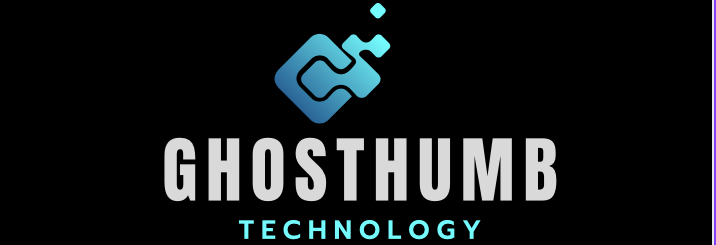.png)
Investing in risky investments like stocks isn’t necessary to make your money work for you. In fact, you can earn interest on your savings without having to worry about losing your money. But if you know where to put your money, you can earn even more.
You can earn interest by depositing cash in a high-yield savings account, taking advantage of a bank bonus, or opening a certificate of deposit (CD).
You can earn interest on savings while minimizing your risk by following these seven tips.
Invest in a high-yield savings account
Rather than settle for the low-interest of 0.13% seen in typical savings accounts, you can take advantage of higher yield options with APYs starting at 2%. These accounts are available with various banks, such as Bask Bank, Tab Bank and UFB Direct, that offer rates above 2.6%. Other online giants, including SoFi, Discover and Capital One, also provide such savings accounts with APYs of 2%, so be sure to check out your local establishments too to see if they offer better returns.
Invest in a money market account
A money market deposit account is a combination of both checking and savings account features. It has the higher interest rate of a high-yield savings account and also provides the ability to write checks and access funds with a debit card. Ideally suited for short-term financial objectives, MMAs give the account holder the opportunity to earn interest on their balance. However, keep in mind that the rate of interest may not always be consistent as it is based on market fluctuations. Currently, you can find higher yields on an MMA ranging from 2% to 3%.
Unlike money market funds, which invest in highly liquid financial instruments such as cash and US Treasury bonds, money market accounts are not mutual funds.
The third step is to open a certificate of deposit
A certificate of deposit (CD) is a kind of high-yield savings account, where your interest rate stays the same for a set period. Usually between six months and five years, the CD provides an incentive by paying a higher rate than money market accounts or more typical savings accounts. With longer terms you can expect to see bigger yields, with top rates ranging from 3% to 4% APY for five-year CDs. It's important to remember however that until your term expires you won't be able to access the funds in the account.
4. Make a ladder out of CDs
You can use a CD ladder to access some of your money sooner while still earning the highest APY available for longer-term CDs.
Instead of investing all $2,500 into one CD with a five-year term, consider using a laddered strategy. Divide the money into several CDs over multiple years. For instance, you can allocate $500 apiece to a one-year CD yielding 0.65%, two-year CD at 0.80%, three-year CD at 0.95%, four-year CD with an APY at 1.05% and a five-year yielding 1.2%. At the end of each year, reinvest the expired funds into another four-year CD with higher rates if they have been increased since initial investment. You can continue this cycle as long as you'd like for diversification and better returns.
The fifth tip is to find a bank bonus
Open a different savings account for each of your savings goals - and look for a financial institution that offers a sign-up bonus for new customers if you have different savings goals.
Traditional banks, credit unions and online-only institutions routinely offer bonuses to encourage people to open an account. The terms and conditions vary; for instance, it may be necessary to deposit a minimum amount or maintain a balance over a set period of time. In some cases, the bonus isn’t awarded until after 12 months have passed. Checking accounts often provide higher bonuses than savings accounts, although they rarely accrue interest. It can be worthwhile calculating whether the return from this type of bank account outweighs one with a high-yield savings rate.
Check out rewards checking accounts
For opening a rewards checking account and meeting certain minimum requirements, you get a cash bonus, cash back, or a higher APY similar to a high-yield savings account. There may be a few extra steps involved in opening a rewards checking account compared to a high-yield savings or money market account, but it might be worth it.
7. Invest in I-bonds
Series I Savings Bonds are currently accruing 9.62% interest and can be purchased in amounts anywhere from $25 to $10,000 per year. They must be held for a minimum of one year, but if you cash them out before five years, you forfeit three months’ of interest. This account is best suited for long-term savers rather than those looking for a short-term money market account.
Series I bonds must be purchased by Oct. 31 if you want to lock in an interest rate of up to 10%.
What account is right for you?
When looking for a high-yielding savings account, consider the following factors:
If you have a large lump sum, you might consider putting it in a high-yield savings account or starting a CD ladder. If you only have $100, however, you might consider buying an I-bond.
If you want to withdraw your money at any time, consider a high-yield savings or money market account instead of a five-year CD, which imposes penalties if withdrawn early.
In order to open the right account, you should consider your financial needs and goals. If, for example, you're saving for a down payment for a house, you'll want to consider a longer-term account that will pay higher interest over a longer time period than, say, a shorter-term money market account that could be used to save for a vacation abroad.
Research various options and financial institutions for possible higher rates and fewer fees, such as local banks and credit unions.
DON'T FORGET TO FOLLOW US
THANKS...








0 Comments